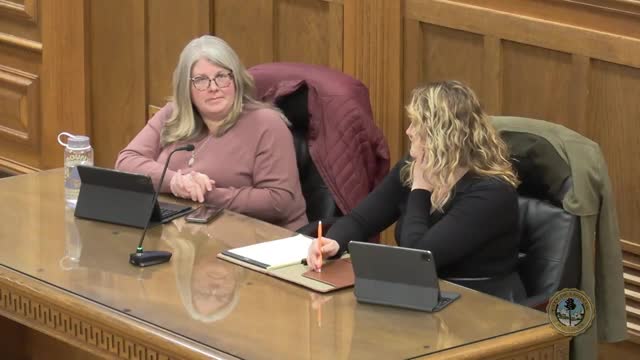Planning Commission approves tiny house amendment for R1 zoning regulations
March 25, 2025 | Saginaw, Saginaw County, Michigan
Thanks to Scribe from Workplace AI , all articles about Michigan are free for you to enjoy throughout 2025!

This article was created by AI using a video recording of the meeting. It summarizes the key points discussed, but for full details and context, please refer to the video of the full meeting. Link to Full Meeting
One of the key discussions centered around the allowance of tiny homes in residential zones, specifically the R1 zone, where a maximum of one tiny home would be permitted. This amendment aims to provide more housing options while ensuring that properties remain owner-occupied. The commission debated the potential impact on property values, with some members arguing that allowing tiny homes could enhance neighborhood aesthetics compared to vacant lots, which often contribute to blight.

Before you scroll further...
Get access to the words and decisions of your elected officials for free!
Subscribe for FreeThe commission ultimately voted on an amendment to the original motion, which would allow one tiny home in R1 zoning, two in R2, and three in R3 zones. The motion passed with a narrow margin, reflecting a divided opinion among commissioners. The discussions also touched on the implications of accessory dwelling units (ADUs), with the intention to allow a secondary living space on properties that already host a primary residence.
In addition to the tiny home regulations, the commission emphasized the need for clear documentation of any changes made to the zoning proposals. A request was made for a "track changes" document to help commissioners easily identify and understand amendments before the next meeting, ensuring thorough review and informed decision-making.
As the commission prepares for a public hearing in April, the outcomes of this meeting signal a proactive approach to addressing housing shortages in Saginaw. The proposed regulations aim to balance the need for affordable housing with community standards, reflecting a growing recognition of the importance of diverse housing options in enhancing the quality of life for residents.
Converted from City of Saginaw Planning Commission March 25, 2025 meeting on March 25, 2025
Link to Full Meeting
Comments
View full meeting
This article is based on a recent meeting—watch the full video and explore the complete transcript for deeper insights into the discussion.
View full meeting




